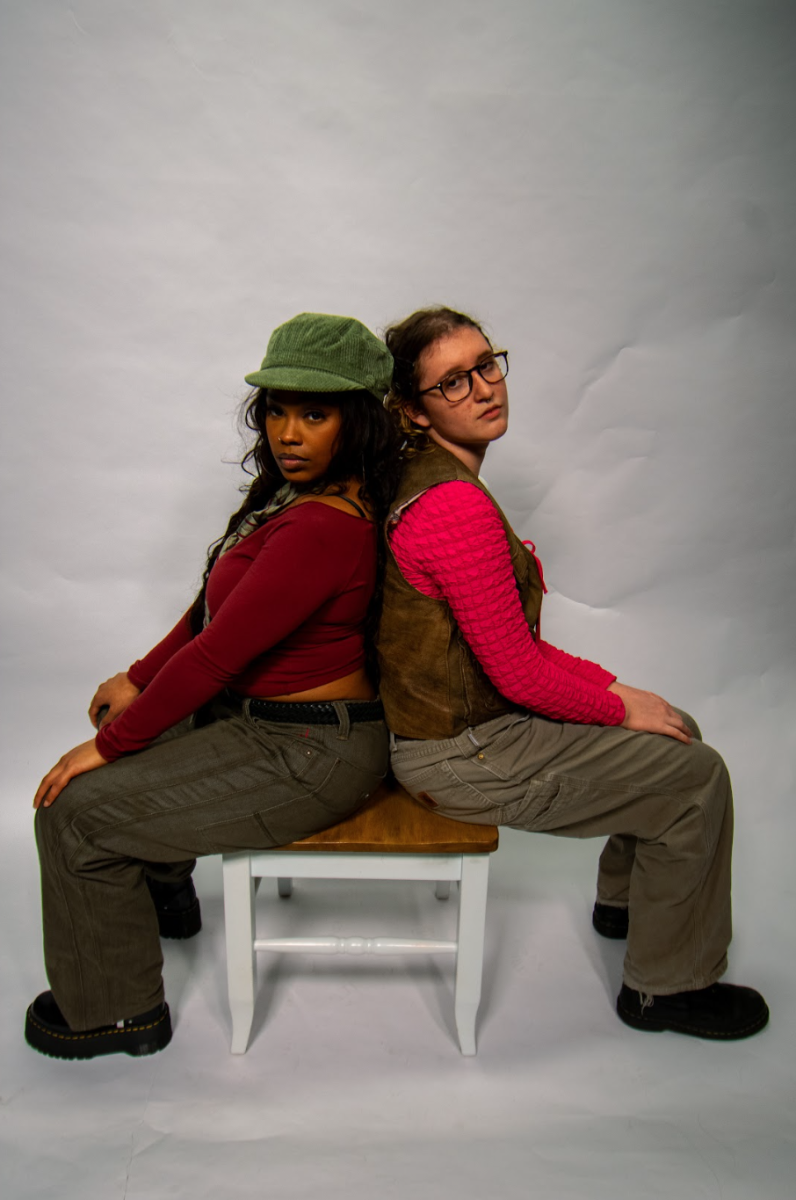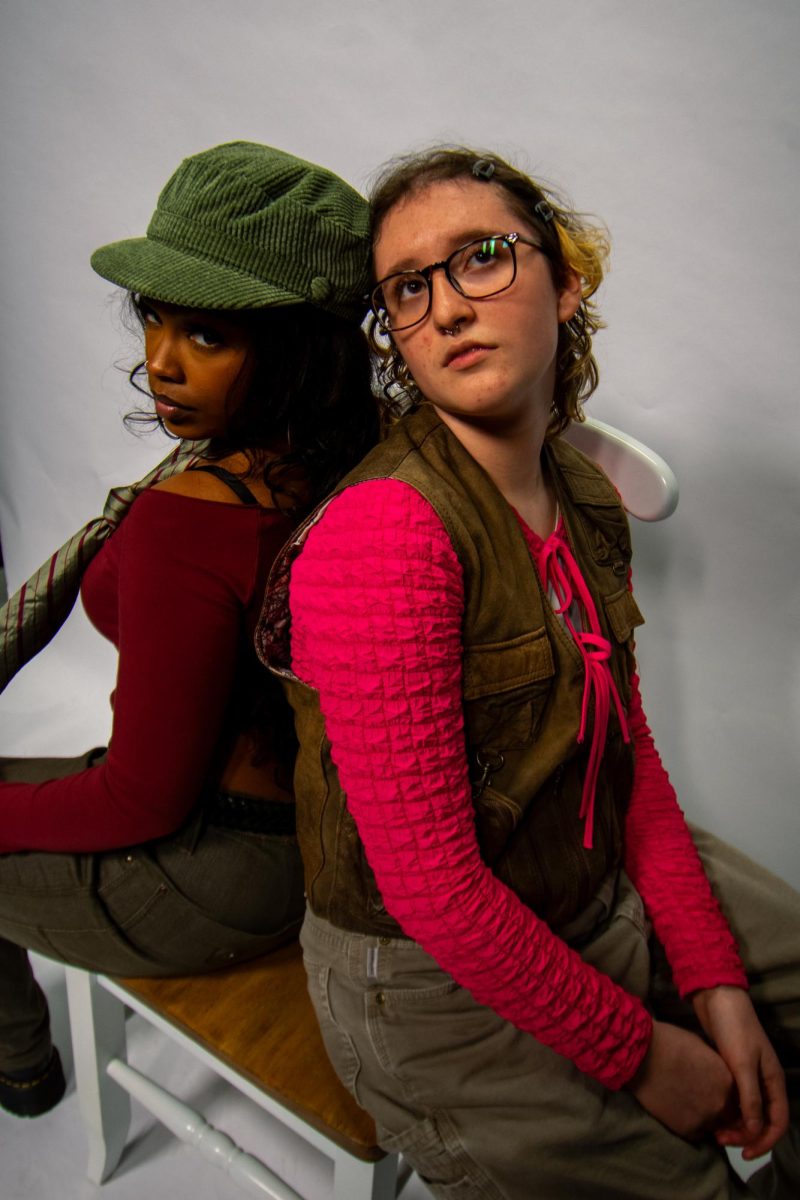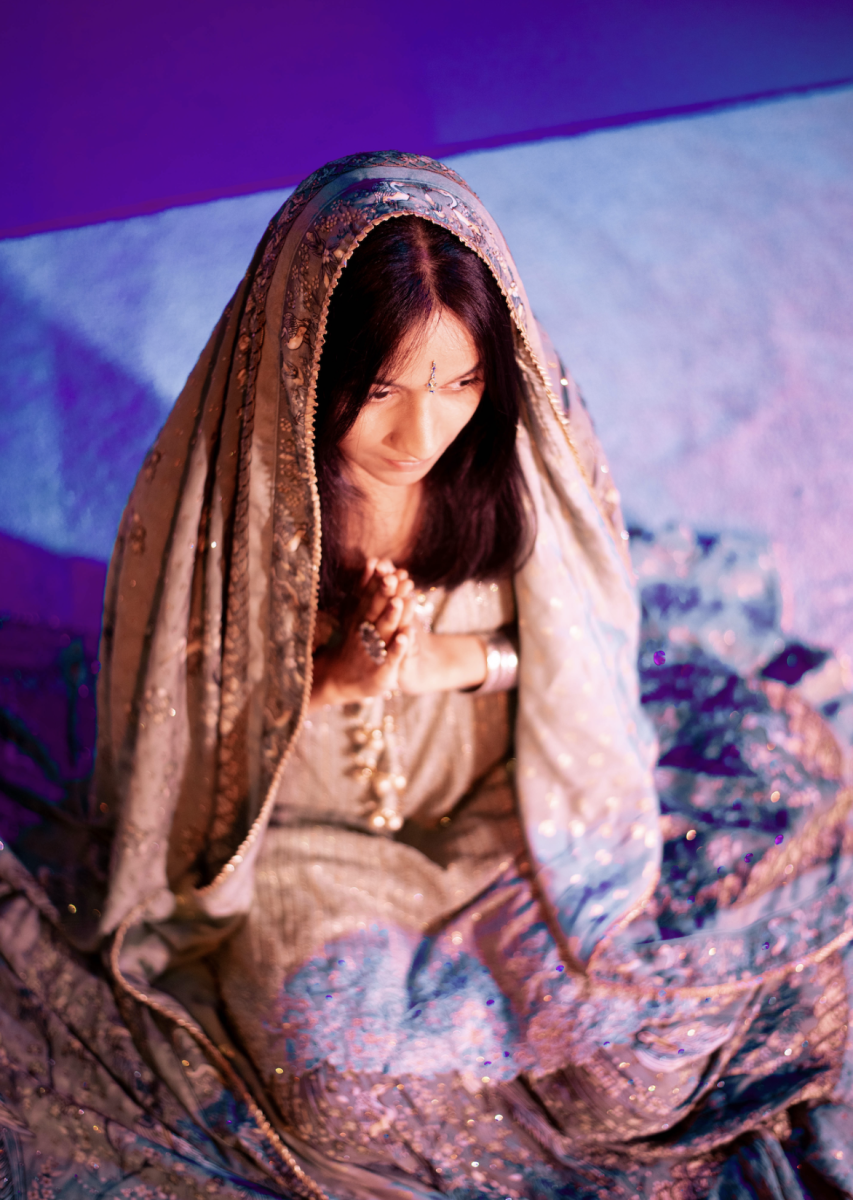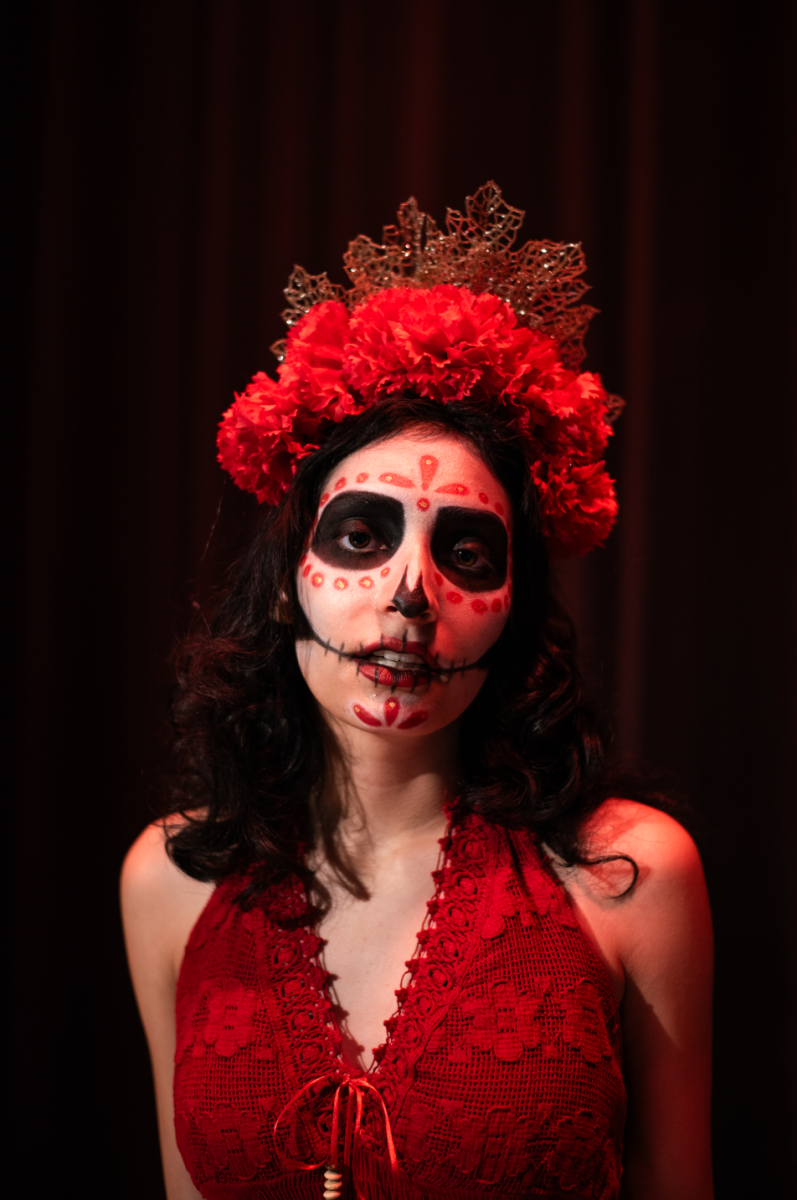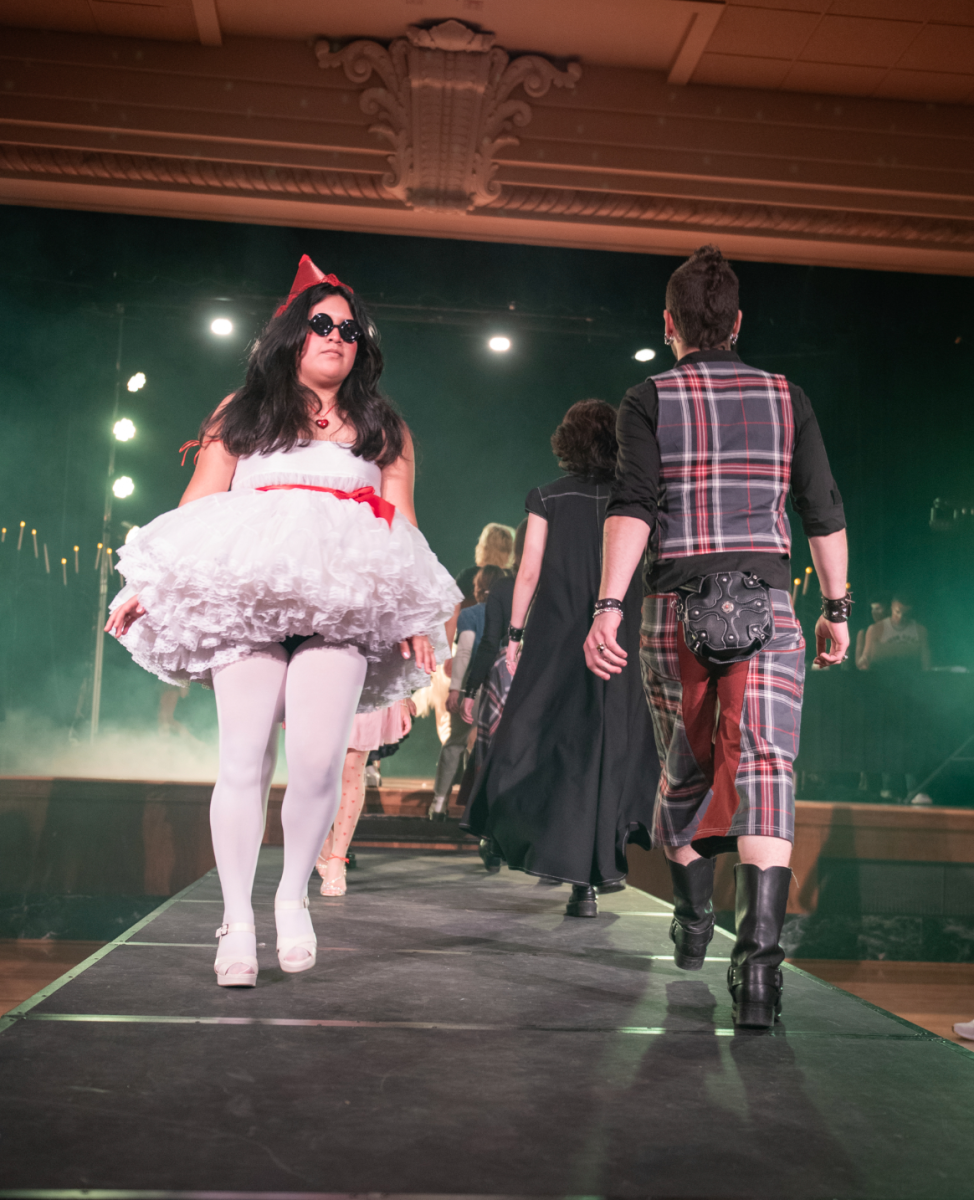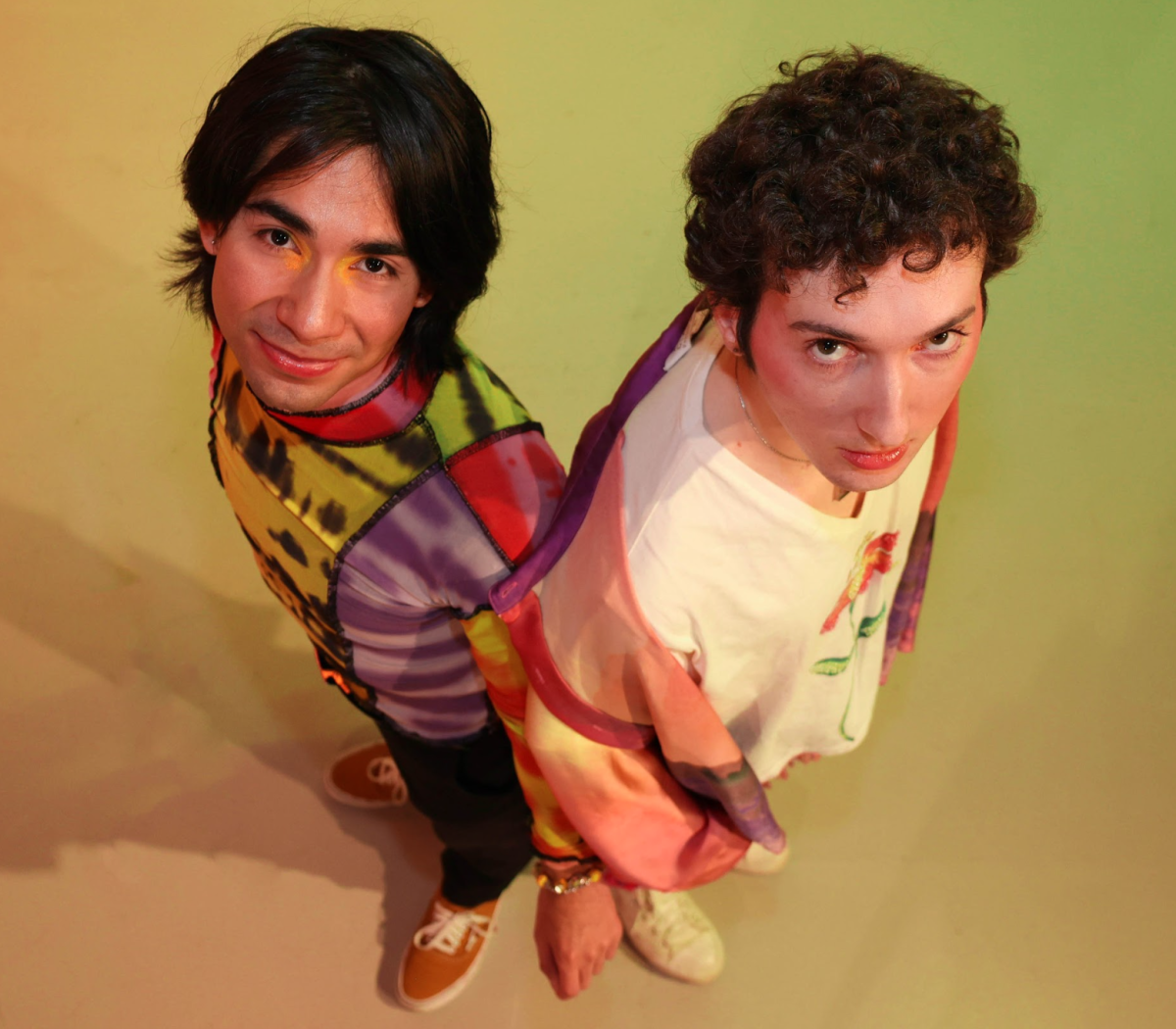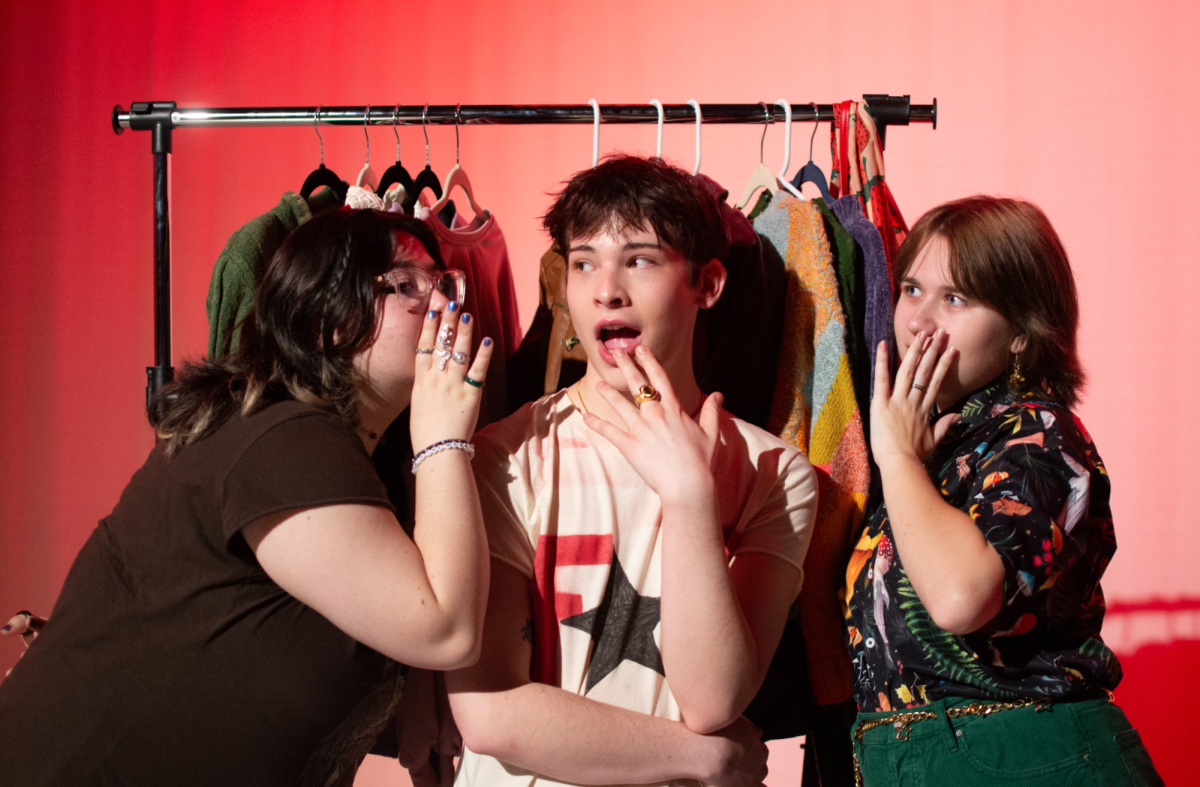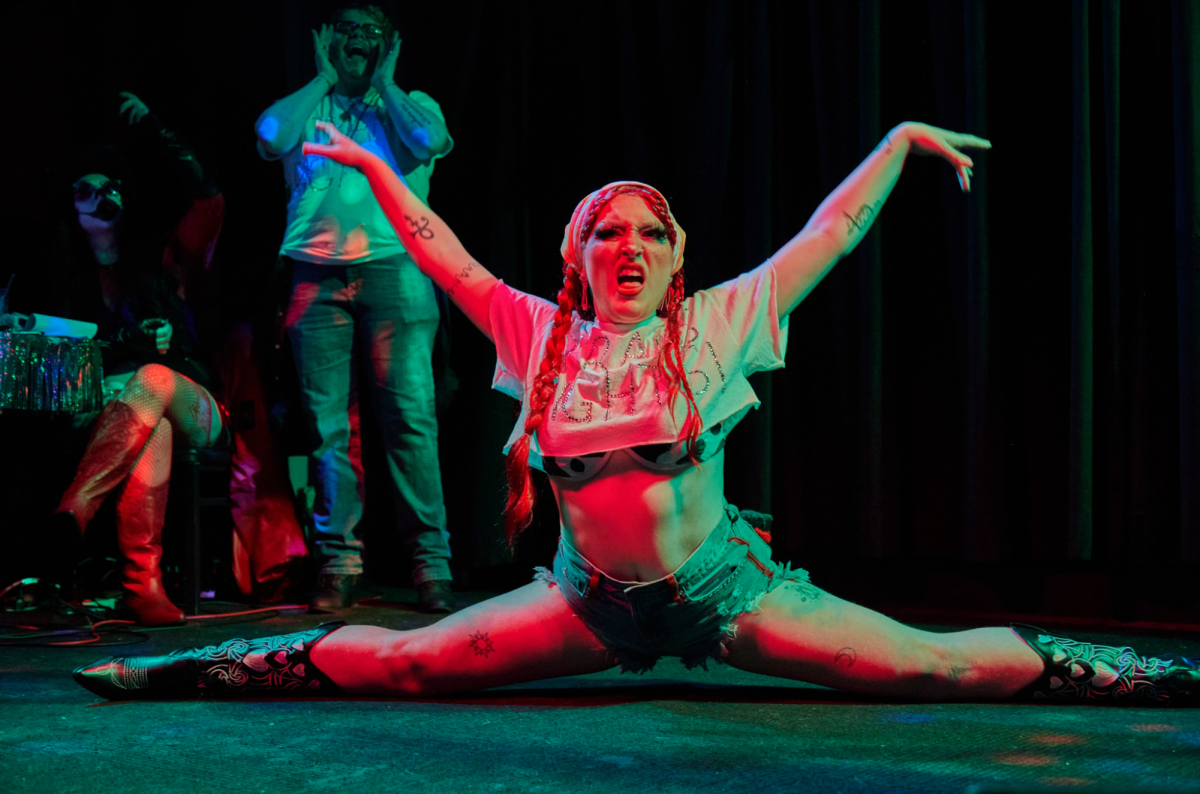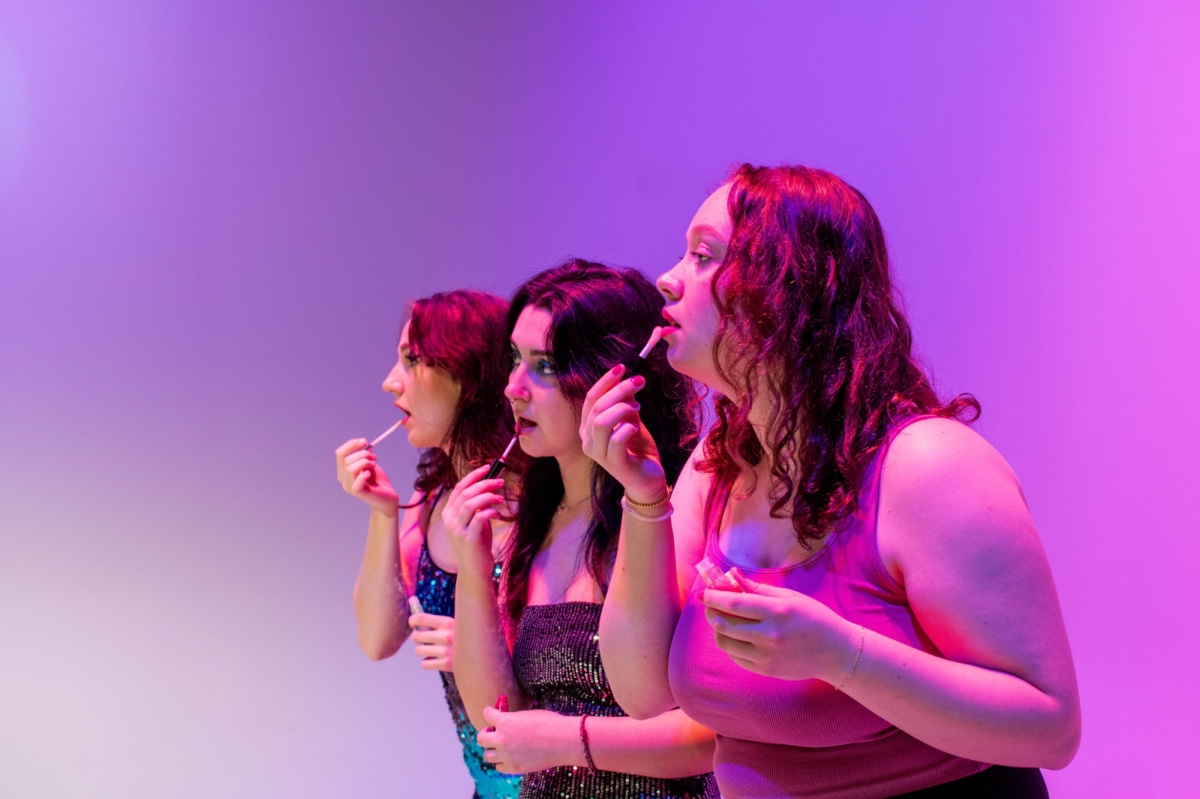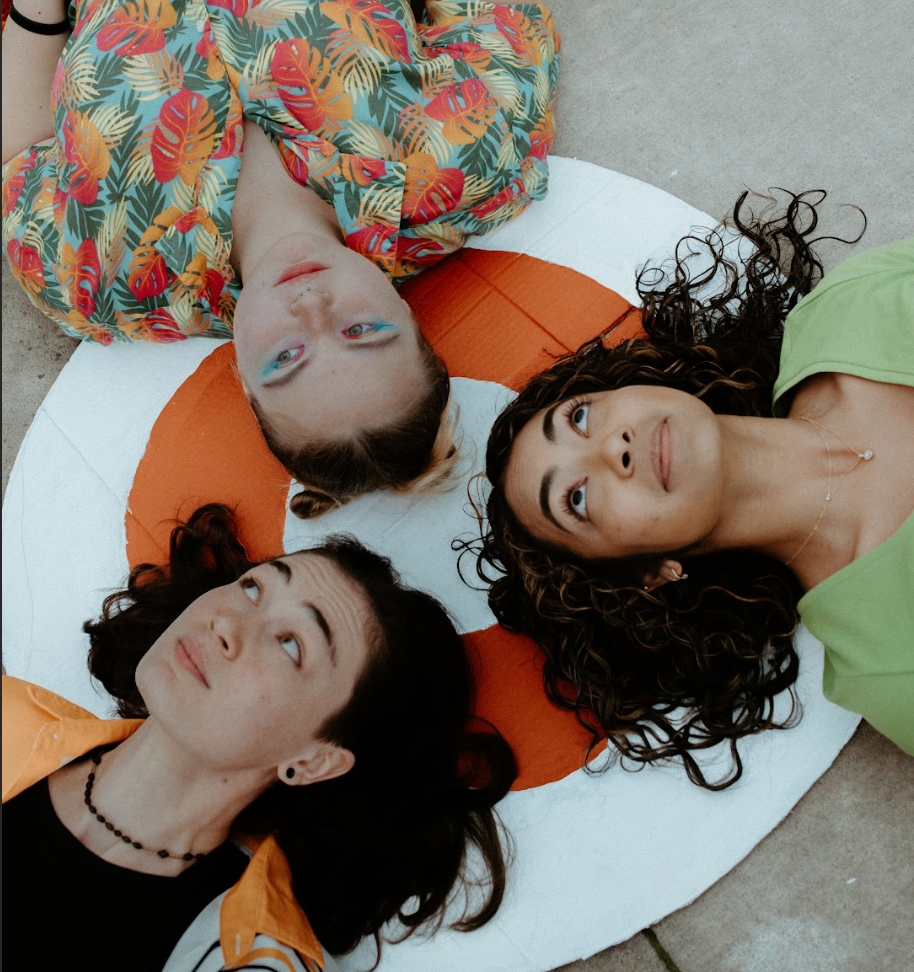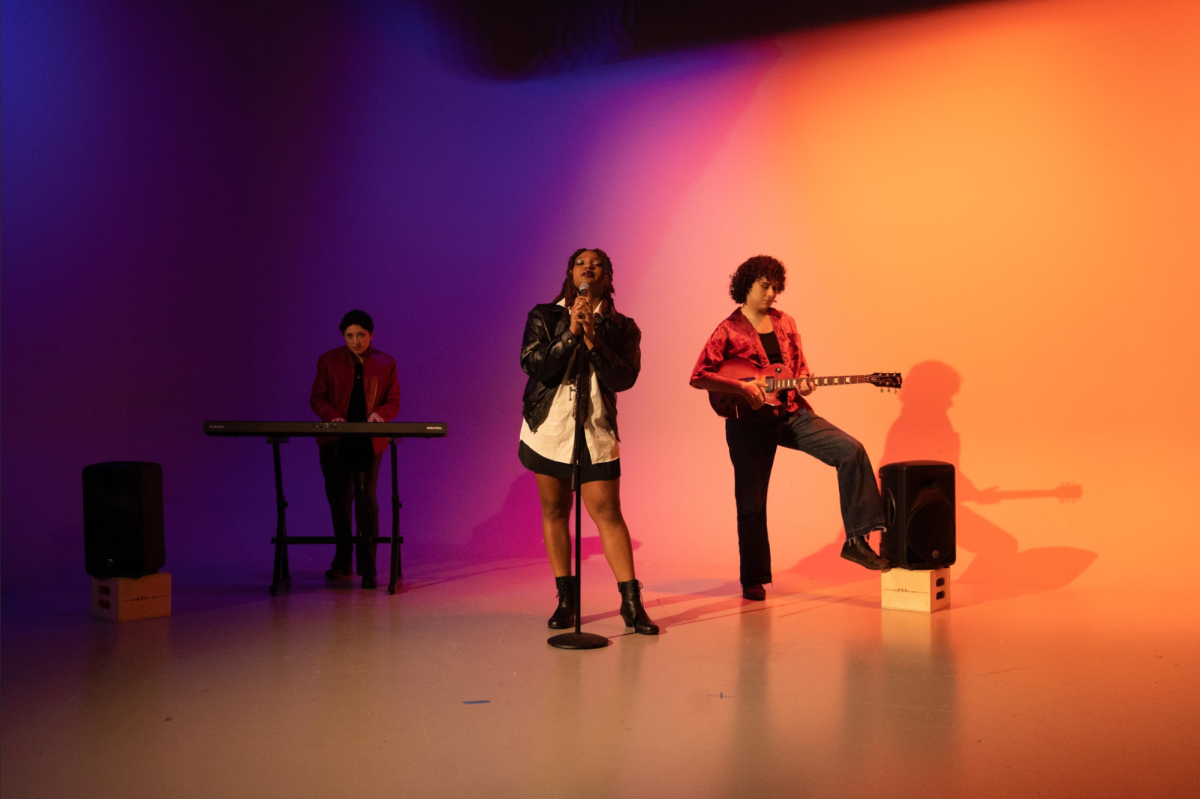If you have a couple minutes, go to www.pinterest.com and type in the search bar, androgynous fashion. What you will see is an astounding array of sweater vests, high top Converse, tucked in shirts, cuffed pants, a lot of the color gray and these clothes predominantly being featured on a femme person. In mainstream fashion, androgyny has been diluted to this boring yet comfortable aesthetic.
The adjective androgynous began its use in the 17th century with the Latin, “andr-” meaning man, and “gyne-” meaning woman. It wasn’t until 1981 that we saw androgynous fashion hit the runway.
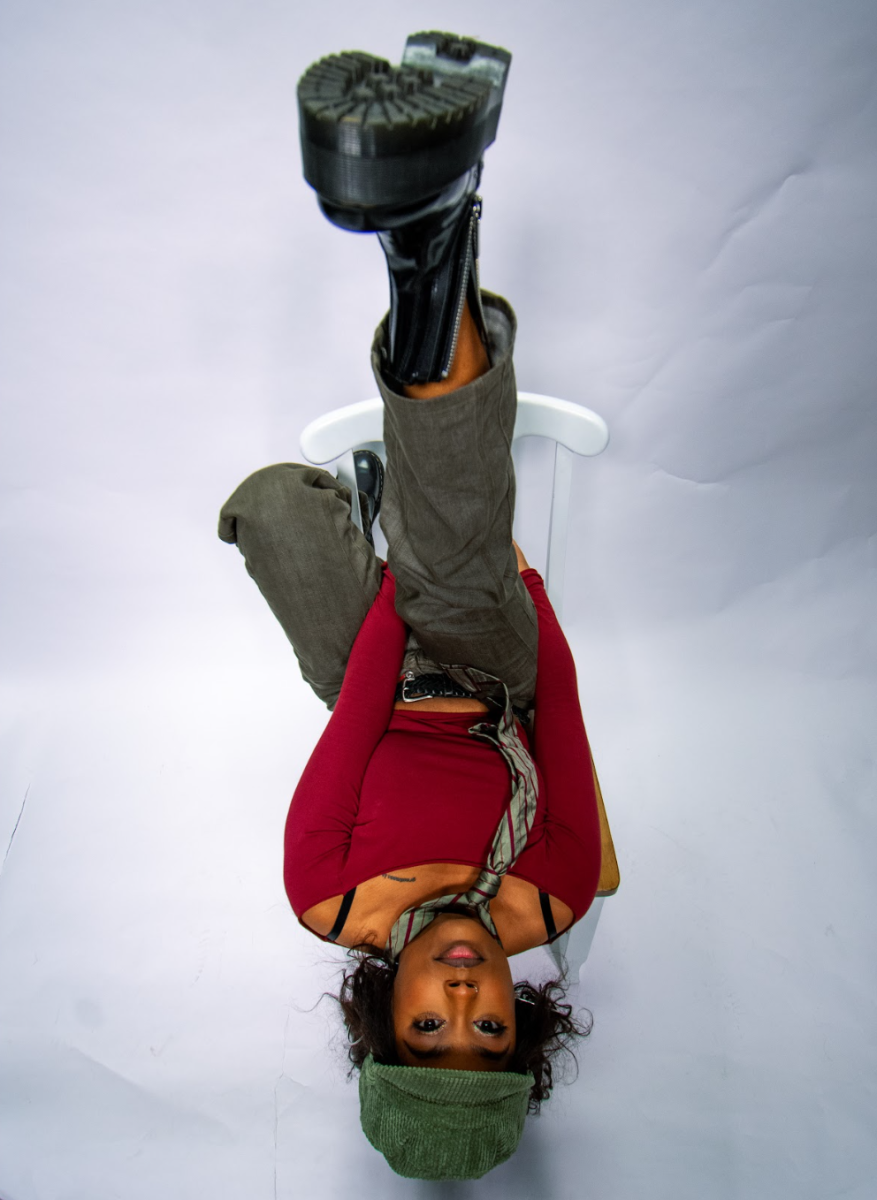
With Japanese designers Kawakubo and Yamamoto’s joint show in Paris we saw the representation of “a departure from the Western conventions of fashion design, challenging long held notions of gender and beauty,” wrote Marra-Alverez, a curator at the museum at New York’s Fashion Institute of Technology.
This show carved a path for androgynous fashion to hit a peak in the 1980s, including Italy’s most successful fashion designer, Georgio Armani, releasing couture and high fashion “highlighting the strength of women while refining the delicate sensuality of men,” wrote Gisui Fereé in a book about the designer.
Attire Club, a fashion magazine by Fraquoh and Franchomme, defines androgynous fashion as “being neither distinguishably masculine nor feminine, as in dress, appearance, or behavior.”
The key word in this definition is neither. Since the dawn of fashion, it has been gendered; men’s clothes and women’s clothes, and this is still very prevalent today.
Third-year Oregon State University student, Aspen Koehler, claims that current androgynous fashion “leans either ‘I need to be more masculine’, (or) ‘I need to be more feminine’ and I feel like there is not a lot of middle ground of actual high quality fashion.”
When we try to find pieces that are neither masculine or feminine, our options are… limited.
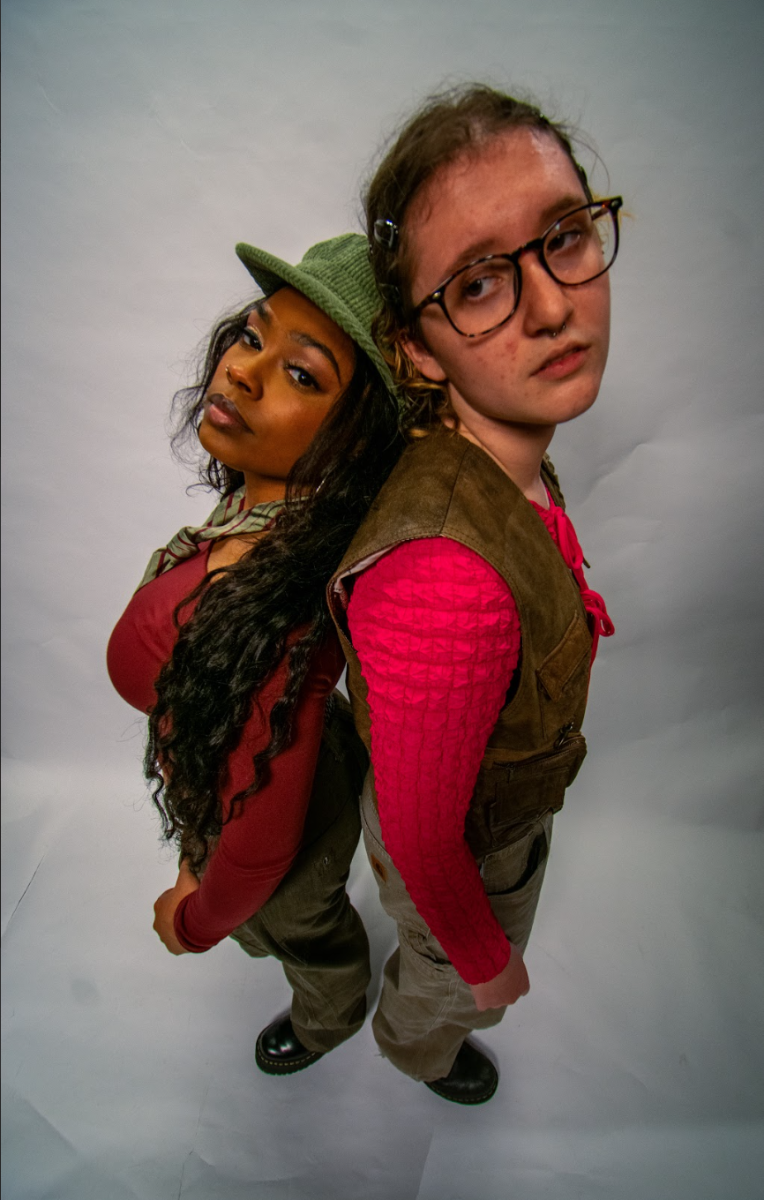
The key for the future of androgynous fashion is the mixing-and-matching of gendered clothing. Combining masculine and feminine elements to create a unique look on its own, not only increases the possibilities in the fashion realm, but also helps eliminate the idea that certain clothes are made for certain people.
Using a multitude of textures, colors, styles and layering, we can start building outfits to fit the person, rather than the gender the clothes are intended for. Rather than androgynous fashion being a neither, we can define it as a both.
“For me it’s whenever I wear a binder and a skirt,” Koehler said regarding what dressing androgynous means to them. “Anything that makes me feel confused about gender, makes me know it’s a good outfit.”
Masculine and feminine elements and accessories can complement each other well if done in a creative and confident way. Since fashion pieces already have a gender, we can flip them upside down or inside out in order to innovate the industry as a whole.
Androgynous fashion is not only a woman slaying a suit on the red carpet or a man rocking a dress on the cover of Vogue. Androgynous fashion is a universe of possibilities that we as a society have only yet to explore. The muted tones of grays and creams are out; maximalism can be androgynous too.
All of this said, there is good news. There are some amazing brands out there doing androgynous fashion in a modern and stylish way. Telfar is making inclusive, gender bending streetwear following their motto, “not for you, for everyone.” For unique and loud patterns, patchwear, layering, and accessories, turn to Charles Jeffrey Loverboy. Look at Official Rebrand for repurposed, sustainable and original androgynous pieces. Finally, the brand No Sesso (direct translation: “no sex/no gender”) is making futuristic pieces that are truly art within itself.
All these brands listed can be quite expensive and even considered “high fashion.” So don’t worry if you can’t afford them, look at their outfits as inspiration for your own. There are many ways you can make your own amazing androgynous outfits at home. The key is build your outfit around select pieces.
- Find an article of clothing or an accessory that is objectively masculine and another that is objectively feminine.
- Then, find corresponding articles or accessories that match both pieces.
- Use your imagination and layering to build your fit
- Hint: accessories include hair and makeup too!
Imitation is the sincerest form of flattery, here are some style icons to turn to for inspiration:
- Billie Eilish
- Conan Gray
- Kristen Stewart
- Jaden Smith


